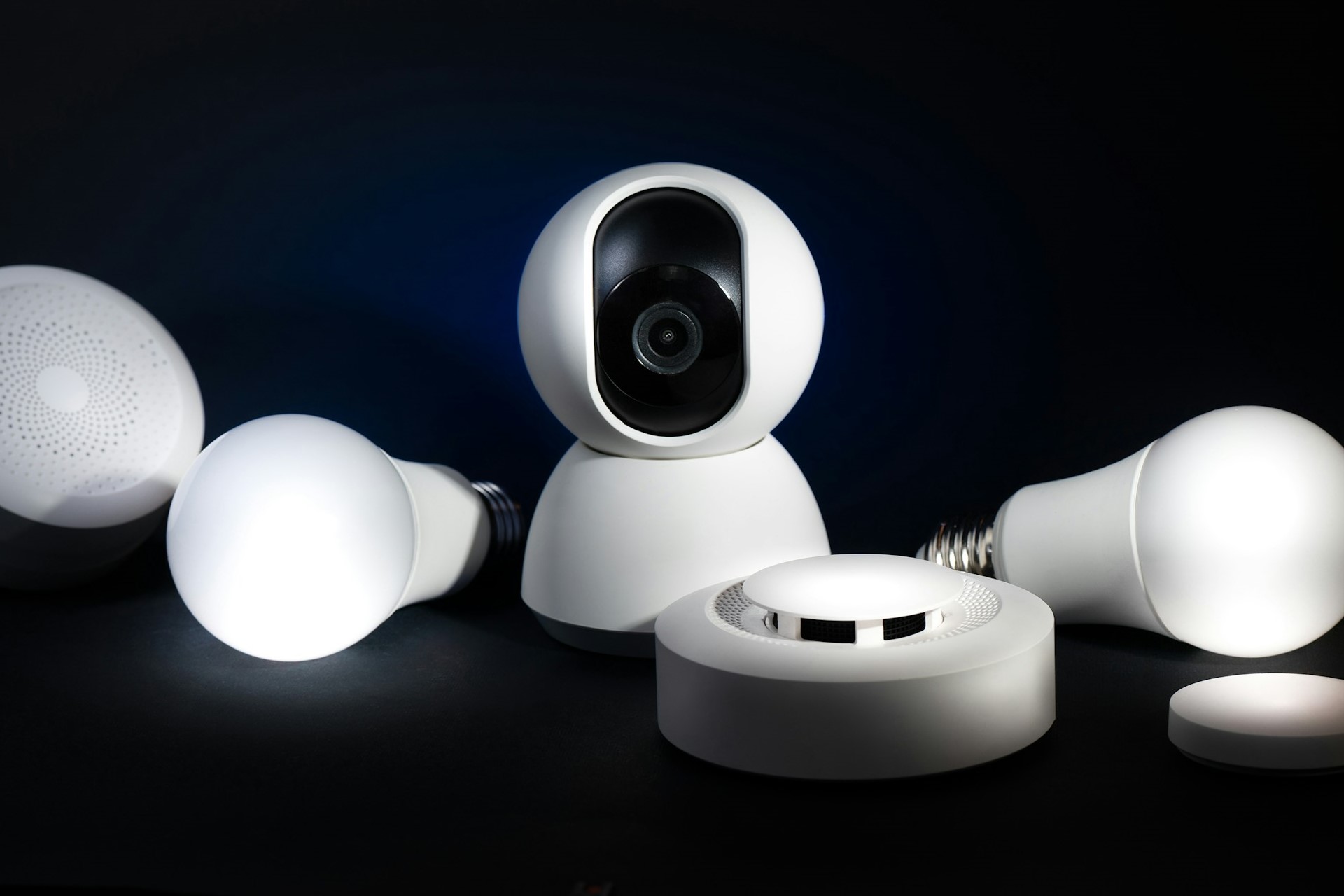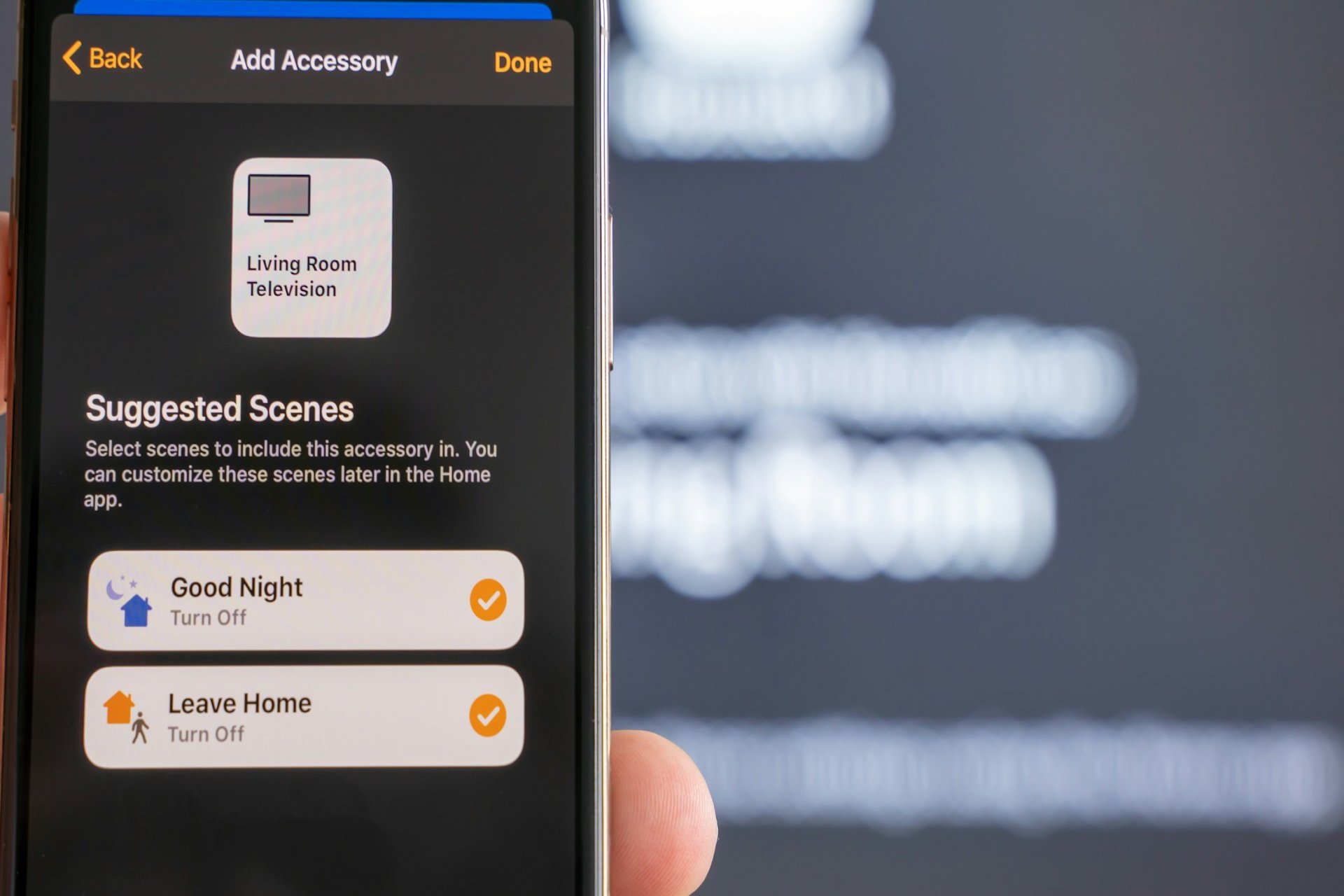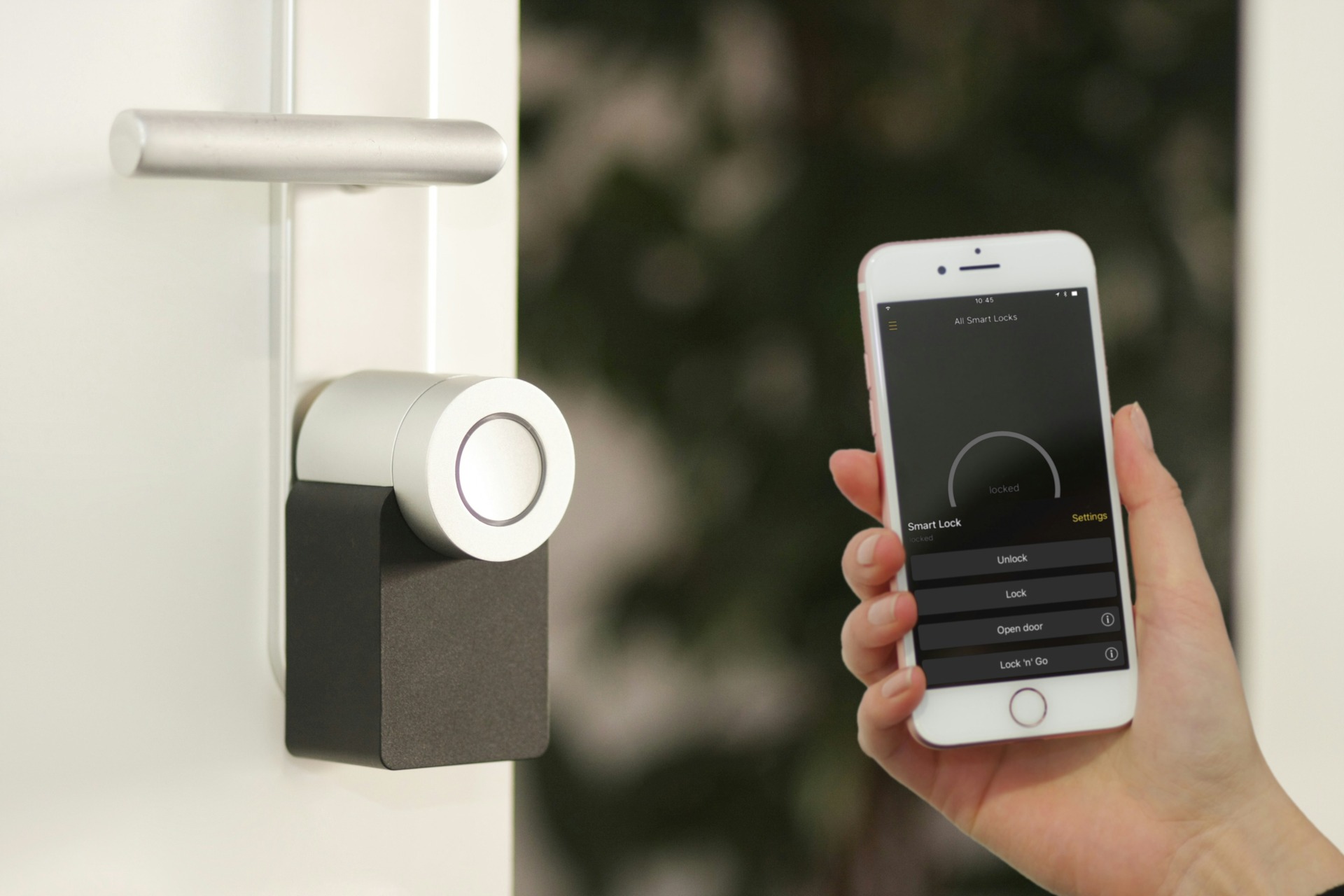
Smart Wearable Devices: Deciphering the Mixed Messages
June 27, 2024 - Emily Newton
Revolutionized is reader-supported. When you buy through links on our site, we may earn an affiliate commision. Learn more here.
Smart wearable devices have become highly accessible, giving researchers more opportunities to study them. But, knowing what to believe can be challenging as those findings become available. What are some of the most common beliefs or ideas about these products, and how can people know what to expect when using them?
Smart Wearable Devices Pose Security Risks
Smart wearable devices function with active internet connections. However, that characteristic opens opportunities for enterprising hackers. But is it not also true that going online for any reason creates the circumstances for potential cyberattacks?
How likely is it that someone’s wearable could lead to stolen information or leaked data? What can they do to prevent those outcomes?
The Reality
Yes, smart wearable devices could increase people’s hacking risk. The wide availability of these products makes them enticing targets for cybercriminals. Consider one case where a data breach affected more than 1 million users of a wearable defibrillator vest. That issue exposed users’ personal and health data.
In another case, an Indian audio and smartwatch maker suffered a breach compromising 7.5 million users’ information. Reports indicated the affected parties’ information appeared on the dark web.
Those examples show the sheer scale of some wearable-related hacks. Similar risks affect smart home devices, which ex-partners can exploit to terrorize former loved ones. However, these things do not mean people should avoid or be frightened of smart wearables. Instead, they should understand and practice the measures to keep them safe.
For example, updating a wearable’s software is an easy, effective way to stop cybercriminals from exploiting known vulnerabilities. People should also review the data the product collects, stores or transmits and reduce those activities if possible. Instead of eagerly providing details when registering with a brand, they should try to learn why the company needs that information and if there are ways to opt out of providing it.
Amazon, Best Buy and other well-known electronics retailers will soon sell devices with accompanying security information, similar to how many large appliances have energy-efficiency ratings.
People Will Be More Active When Using Wearables
A common assumption is that wearables will encourage people to exercise more and have fun doing it. Indeed, many of these products have built-in games and prompts that urge users to get moving and settle into healthier routines. However, a 2022 study of eight developed nations showed physical activity decreased over the examined period despite fitness tracker sales surging.
However, research conducted elsewhere and released that same year revealed the devices resulted in people walking up to 40 minutes more each day and often losing weight. Additionally, the products made users want to set goals and create healthier habits that they maintained. What should people think when they see conflicting studies such as these?
The Reality
No one should assume that smart wearable devices will be the magic fixes that guarantee to make them more active. They could have that effect, but individuals must participate in the change, too.
People can start by determining which factors make them most interested in smart wearable devices for fitness. Do they want to track their activities, see how trends change over time, set specific goals, or do something else?
They should also consider how much being active with a friend might motivate them.
Most changes are initially difficult for humans, which is a big reason why many do not create lasting new habits. However, doing new things alongside a supportive friend who is also changing their behavior or routine is an excellent way to stay focused, excited and energized about the possibilities.
Smart Wearable Devices Support Doctors’ Diagnoses
One of the complicating factors of going to the doctor about a complaint is that those visits occur during relatively brief periods, and patients may not show any noticeable symptoms at the time. However, wearables can fill the gap by allowing physicians to see what happens outside of appointments.
One 2024 study found physicians could use smartphone and fitness tracker data to distinguish between patients with and without multiple sclerosis. In another case, two companies have collaborated to bring health wearables to patients in oncology trials. This approach allows the participant pool to include people from 25 countries, highlighting a significant recruitment perk.
However, worrying examples also exist of smart wearable devices exacerbating or creating health anxiety in users. Consider the example of a woman who took 916 heart readings from her smartwatch in a year. She ended up needing treatment for the new-onset health anxiety the device caused.
Another often overlooked factor is that even though consumer wearables record health data, they are not medical devices. If someone brings their health data from a wearable to a doctor’s visit, will the provider know how to interpret it? Many physicians already have limited time to spend with patients, and some could view the devices as counterintuitive to their work.
The Reality
No one should assume their doctors will be open to analyzing the data from their smart wearable devices. Some appreciate these devices and what they can tell them about patients, but others are not equipped to understand the data.
Although it is true some health care providers frequently use wearables in their work, that happens when they specify how, when and why patients should use them.
Additionally, people with health anxieties who are thinking about buying these products should consider if they might make them more upset. It is easier than one might expect to get caught up in the data and what it could mean. If someone notices their wearable shows a decline in good-quality sleep, they could easily become so anxious wondering why that they become trapped in a seemingly endless cycle.
Avoiding Extreme Thinking About Smart Wearable Devices
These examples show why people cannot treat smart wearable devices as miracle products, but they also must not think of them as wholly unsafe to use. Product makers can and should shape accurate expectations by providing easy-to-understand materials about what their devices can and cannot do and how to practice good cybersecurity when using them.
These offerings can help people learn more about their health, which may encourage them to make positive, lasting changes. But consumers should also be aware of signs that wearable data is making them upset or causing them to check their statistics compulsively. The tech gadgets are like virtually anything else because people must take specific actions to use them safely and effectively.
Revolutionized is reader-supported. When you buy through links on our site, we may earn an affiliate commision. Learn more here.
Author
Emily Newton
Emily Newton is a technology and industrial journalist and the Editor in Chief of Revolutionized. She manages the sites publishing schedule, SEO optimization and content strategy. Emily enjoys writing and researching articles about how technology is changing every industry. When she isn't working, Emily enjoys playing video games or curling up with a good book.




